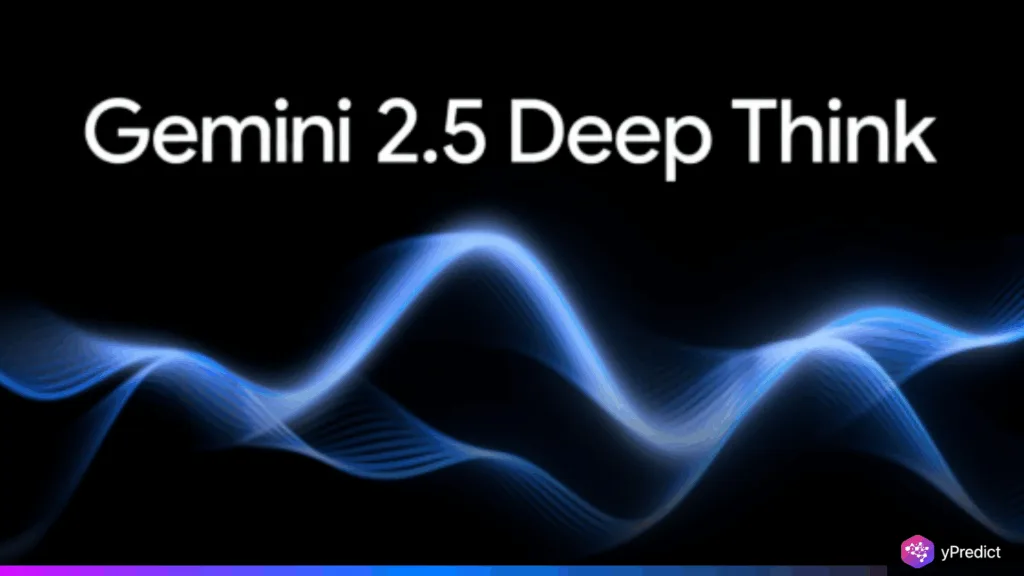
Google DeepMind’s most recent release, Gemini 2.5 Deep Think, is expanding the capabilities of advanced AI models. It performs better than the best models on difficult evaluation tasks like Humanity’s Last Exam. Additionally, the model produces more accurate and dependable responses by simulating parallel thinking.
It helps programmers, scientists, and artists tackle difficult problems and is designed for in-depth research and learning. Additionally, it explores rather than merely reacts, supported by reinforcement learning. It was created as part of the Gemini App ecosystem and reflects Google’s goal of improving the intelligence and intuitiveness of reasoning-based AI.
Breaking Through Barriers in Creative AI Thinking
Deep Think pushes the limits of cognition, in contrast to previous models that only predicted text. It explores a number of ideas rather than just one. Additionally, it mimics human decision-making by parallelizing ideas. It can recognize mistakes, reconsider tactics, and combine concepts to achieve better results.
Deep Think is made for complexity, whether it be in scientific computations or imaginative design. It is also excellent at strategic workflows, math analysis, and code generation. These features enable users to move more quickly without compromising accuracy or depth. Thus, Gemini 2.5 is not only intelligent but also systematic and user-friendly.
Gemini 2.5 Deep Think Transforms Complex Problem Solving
Deep Think stands out among benchmarks intended to advance artificial intelligence. It outperformed LiveCodeBench V6, which assesses the accuracy of real-time coding under duress. Additionally, it performed well on Humanity’s Last Exam, which assessed knowledge in the areas of logic, physics, biology, and math.
Google DeepMind demonstrated how Deep Think helps professionals come up with solutions for technical issues. Using a recursive ideation loop, it selected the best patterns to create an intricate voxel art scene in one instance. Users say that working with multiple creative partners at once is comparable to using this parallel thinking technique.
It runs at cutting-edge levels even without the use of third-party tools. This is particularly important in settings where plug-ins are prohibited. Thus, Gemini 2.5 serves as a one-stop lab, coach, and co-pilot for workplace innovation and scholarly research.
Smart Tools Shaping the Next Research Frontier
Gemini 2.5’s current rollout is centered on helping users solve challenging real-world issues. Its initial testers were scientists, mathematicians, and highly skilled programmers. Additionally, their input is influencing future updates that strengthen its architecture for parallel thinking. Developers also noticed that it learns faster with less information. Therefore, more efficient outcomes can be obtained with less processing power.
Deep Think’s advanced reinforcement learning stack allows it to get better at every task it takes on. Google alluded to the possibility of improved visual reasoning and real-time memory recall in later iterations. Its evolution into a self-improving assistant that adapts to the user’s field, needs, and habits is the aim.
Gemini 2.5 Deep Think Ushers in New Era
Gemini 2.5 is a thinking partner as well as an AI model. Tools like this will become indispensable as the need for more in-depth analysis and inventiveness increases. Additionally, Deep Think’s solid foundation in science, design, and coding positions it to influence future human problem-solving techniques. It exemplifies a broader trend in AI: moving beyond solutions to actual logic. This has the potential to transform everything, including startups, classrooms, and labs.






